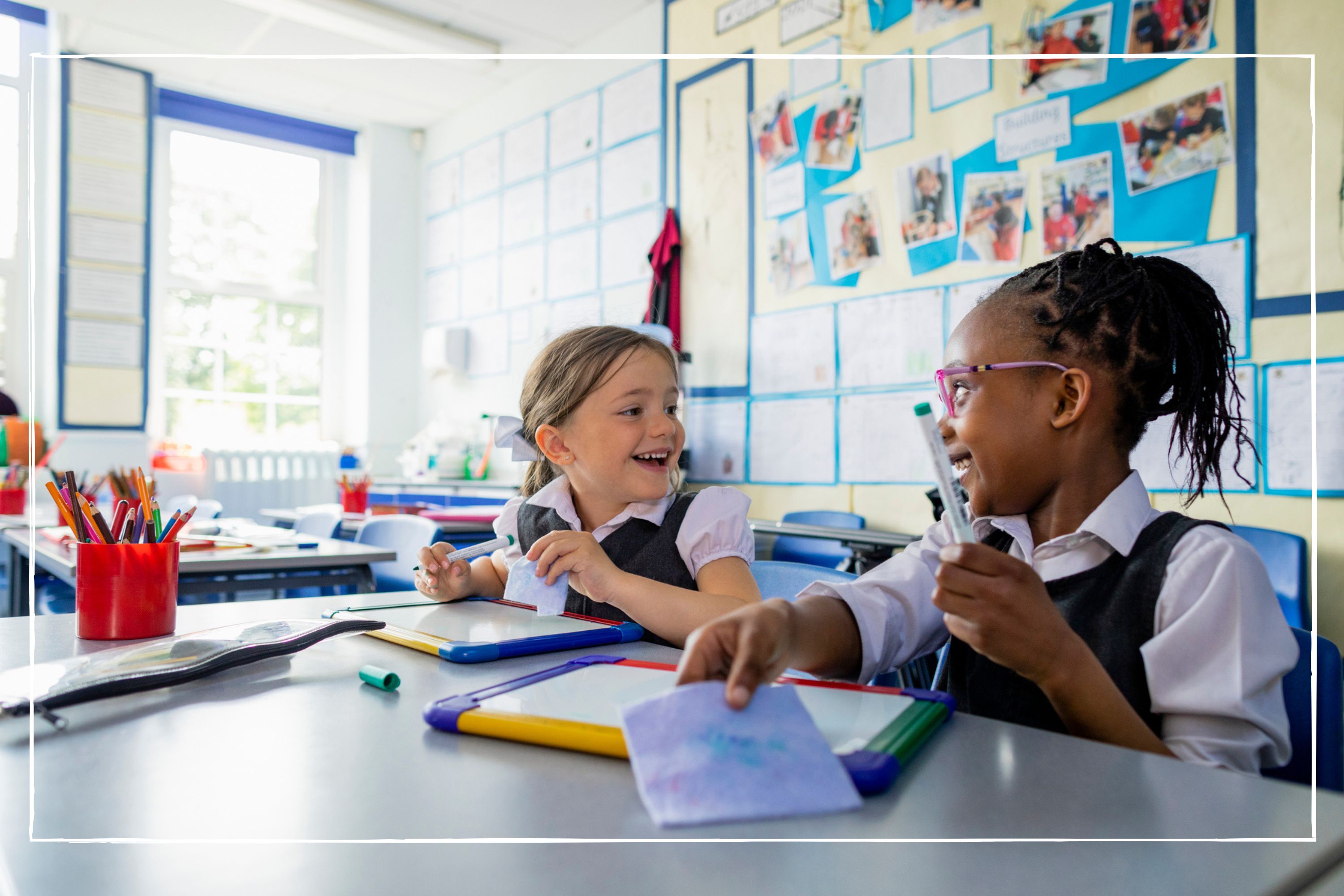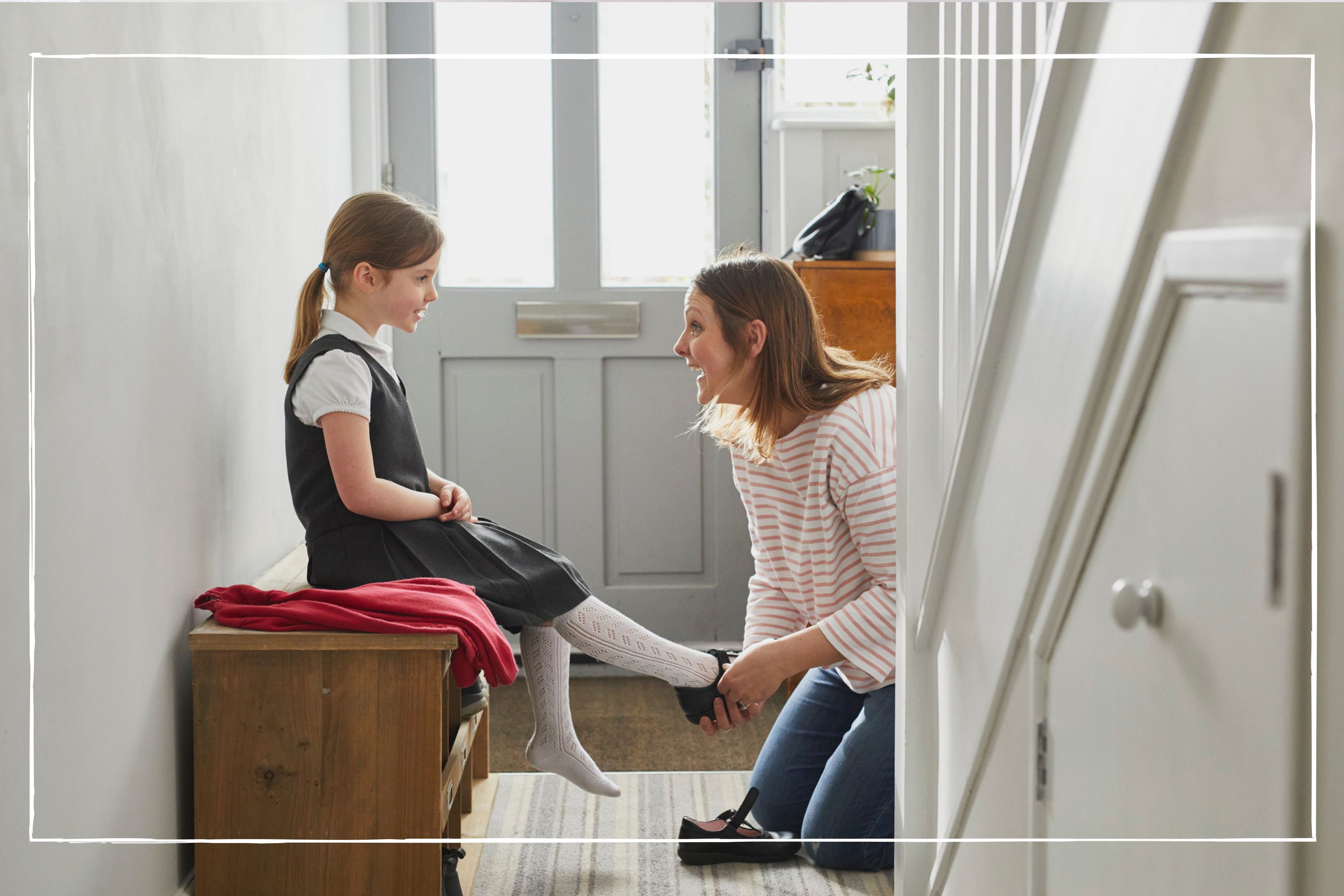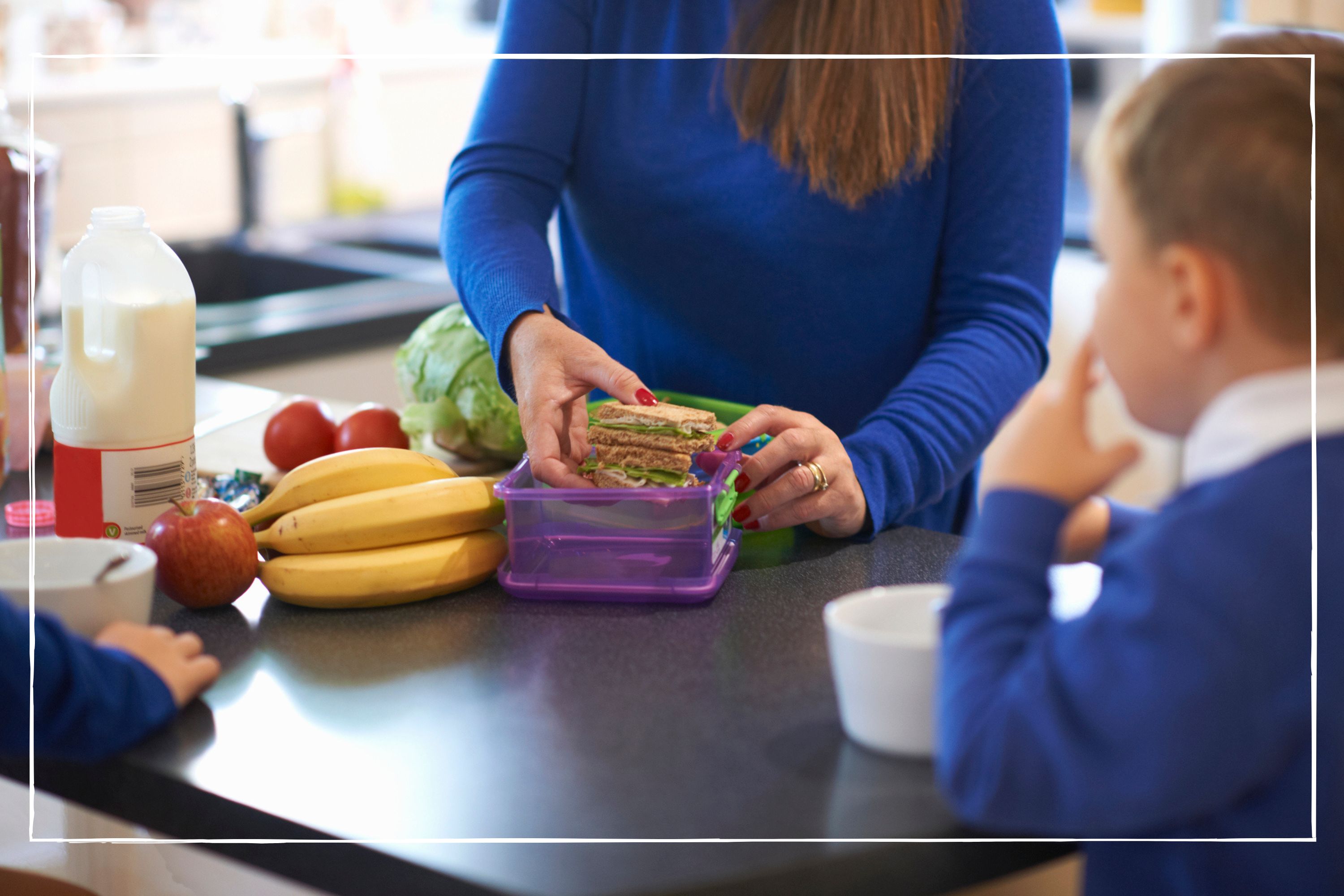How to save money on back to school costs - 12 expert tips
Familiarise yourself with these tips on how to save money on back to school costs before the new school year begins.


Understanding ways to save on back to school costs is crucial at a time when the cost of living is rising sharply. While most parents will be focused on how to keep the kids entertained cheaply over the summer holidays, the new academic term is fast approaching, meaning parents need to start considering how to save money for the return to school.
Figures from Lloyds Bank reveal that parents spend £183.30 per child to get them ready for the new school term, which is a sum that many households simply can’t afford right now. Fortunately, there are ways you can keep these costs down.
Abigail Yearley from TopCashback.co.uk told us: “Buying new uniform and other school essentials can quickly add up, so it’s best to plan ahead and have a few money-saving tricks up your sleeve. This year, as the rising cost of living continues to drive prices up, it’s especially important to have a plan of action ahead of the new term to make sure you can cut costs as much as possible.”
How to save money on back to school costs
Below we’ve outlined 12 ways to keep back to school costs to a minimum.
1. Buy second-hand
Buying school uniforms second-hand is an easy way to keep costs down. And from the autumn, new guidance from the Department for Education (DfE) means that schools in England must ensure that second-hand uniforms are available.
Your school might offer its own second-hand uniform sale or you could take a look in your local charity shops or on Facebook Marketplace or eBay. Alternatively, you could host a swap party and invite parents to swap outgrown uniform.
Helen Neale, editor at KiddyCharts, also advises: “Check out the sites that are there for buying and selling old school uniforms; oldschooluniform.co.uk, uniformerly.co.uk are a couple of them - but there are more out there.”
GoodtoKnow Newsletter
Parenting advice, hot topics, best buys and family finance tips delivered straight to your inbox.
2. Use the supermarkets for non-branded items
As part of the DfE guidance, schools are being advised to keep branded uniform items to a minimum and encourage parents to buy cheaper supermarket alternatives. Research from the DfE shows that parents can save almost £50 on average if they can buy all school uniform items from any store, compared to uniforms which must be bought from a designated shop or school.
Claire Russell, author and founder of playHOORAY told us: “If your child is starting a new school, it is worth checking with other parents if pupils are allowed to wear clothes without the school logo. Often polo shirts and cardigans without the school crest can be bought from supermarkets and high street shops at a fraction of the cost. The school website might say crests and logos are essential but this isn’t always the case day-to-day if you ask around.”

3. Keep an eye out for sales and discount codes
Stock up on items whenever you spot a sale, and check whether there are any discount codes you can use too. It’s well worth doing this throughout the year to make costs more manageable.
Jeremy Helm, financial analyst at MWB Solutions says: “Don’t wait till term is almost starting to buy the kids clothes, instead you should be keeping a regular eye on sales and discount codes during the summer and buy at the time when the best deal is on. You can set a reminder on your phone each week to have a quick look on a few websites, it will most certainly pay off! Before making a purchase, make sure to Google for any discount codes with the brand.”
Ryman, for instance, is offering certain school stationery essentials at better than half price, while you can get 15% off if you spend over £40 at Matalan with the code SAVE1540 - you can also get free standard delivery for online orders over £40.
4. Look for cheaper books
There are plenty of ways to find cheap books if you know where to shop. Sites such as AbeBooks, Amazon, Music Magpie, and World of Books have loads of great deals. Alternatively, don’t forget about your local library, or consider using sites such as Z-Library to get free books online.
5. Buy refurbished tech
“Whether you have an older child who needs a laptop to work on complex projects, or your teen has been begging for a new phone – consider buying a refurbished device,” advises TopCashback’s Abigail Yearley. “Not only is this a much greener choice, but it will also help you save a good chunk of money.”
There are plenty of trustworthy and reliable sites that sell second-hand or refurbished tech that works as good as new, such as CeX, Dell Refurbished and Amazon Renewed. But it’s important to check that the tech comes with a decent warranty before buying.
If you must buy new, it’s worth waiting for special deals and events such as Amazon Prime Day or Black Friday.
6. Get cashback
If you’re buying online, always check whether you can get cashback on your purchase through sites such as TopCashback and Quidco.
For example, at TopCashback, you can currently enjoy:
- Up to 5.5% cashback on Dell Refurbished laptops
- Up to 5.5% cashback on Ryman purchases
- Up to 7% cashback when you shop with George at ASDA
And at Quidco, you can get:
- 8.8% cashback at WHSmith
- 2.4% cashback at Staples
- Up to 10% cashback at Matalan
7. Only buy what you need
Before buying a variety of new items for your kids, consider whether they are really necessary. Phoebe Ellis, consumer champion at Thrive Money, told us: “Every school year there is a new trend meaning new backpacks, new pencil cases etc. But don’t fall into the trap of buying things just because your kids want it. It’s also important to not fall for the expensive fad school accessories which are trendy at the time but won’t be in a few months. Stick to buying things that last and won’t go out of ‘fashion’.”
To give you a helping hand, KiddyCharts has this printable back to school checklist for parents to use.
8. Apply for free school meals
Depending on your personal circumstances, your child might qualify for free school meals, which could save you a considerable amount of money. In England, if you have children at a state school in Reception, Year 1 or Year 2 they are entitled to free school meals, regardless of your household income. In Scotland this applies to children in Reception through to Year 5.
But wherever you live in the UK, your child could get free school lunches if you are receiving certain benefits.
9. Or switch to packed lunches
If you don’t qualify for free school meals, you could still save money by switching to packed lunches - even more so if your child is a fussy eater.
Financial analyst Jeremy Helm says: “The average canteen lunch is £4.50, whereas you can quite easily lower your costs by making a packed lunch. Avoid big brands and swap for supermarket alternatives. Make up a sandwich yourself and utilise lower cost ingredients that they enjoy. If they’re ok with carrot sticks, these only cost around 1-2p per carrot when buying a kilo’s worth.”

10. Apply for school uniform grants
If you’re on a low income, you could get up to £200 to help cover the cost of school uniform and PE kits through the school uniform grant. In Wales, families are also being offered a one-off top up payment of £100 for the 2022-23 academic year, meaning the maximum some parents can claim is £300.
The amount you can get, when you have to apply and which children are able to get the payment will depend on where you live. All local authorities in Northern Ireland, Scotland and Wales have schemes in place to offer assistance, but only some local authorities in England will offer school uniform grants.
Grants are typically available for those on certain benefits, and you’ll usually find that if you qualify for free school meals, you’ll qualify for the school uniform grant. You can find out whether your local council offers help on the gov.uk website. If it doesn’t, you can contact your child’s school directly to see if they offer any financial support.
11. Check if you qualify for child-related benefits
There are a number of other benefits available if you have children, with one of main ones being Child Benefit. “You can get this if you’re responsible for bringing up a child who is under 16 or under 20 if they stay in approved education or training,” explains Thrive Money’s Phoebe Ellis. “The benefit of £21.80 weekly is paid to you monthly and only one person can claim it for each child.” Note that you’ll only get £14.45 per additional child and you and your partner must earn £50,000 or less a year to qualify.
Other benefits include child tax credits, guardian’s allowance, widowed partner’s allowance and disability living allowance for children. You can view a full list here.
12. Label everything
Finally, make sure all of the items you’ve bought are clearly labelled with your child’s name. This will help prevent them from getting lost, ensuring you don’t have to fork out for replacements.
Ceri Gillett, founder and CEO of Mubo says: “If you don’t take the time to appropriately label your child's items, you may as well give them away right now.
“One great way of saving yourself money in the long term is to look after what you have and ensure it’s labelled well.”

Mum of two, Rachel is a freelance personal finance journalist who has been writing about everything from mortgages to car insurance for over a decade. Having previously worked at Shares Magazine, where she specialised in small-cap stocks, Rachel developed a passion for consumer finance and saving money when she moved to lovemoney.com. She later spent more than 8 years as an editor at price comparison site MoneySuperMarket, often acting as spokesperson. Rachel went freelance in 2020, just as the pandemic hit, and has since written for numerous websites and national newspapers, including The Mail on Sunday, The Observer, The Sun and Forbes. She is passionate about helping families become more confident with their finances, giving them the tools they need to take control of their money and make savings. In her spare time, Rachel is a keen traveller and baker.